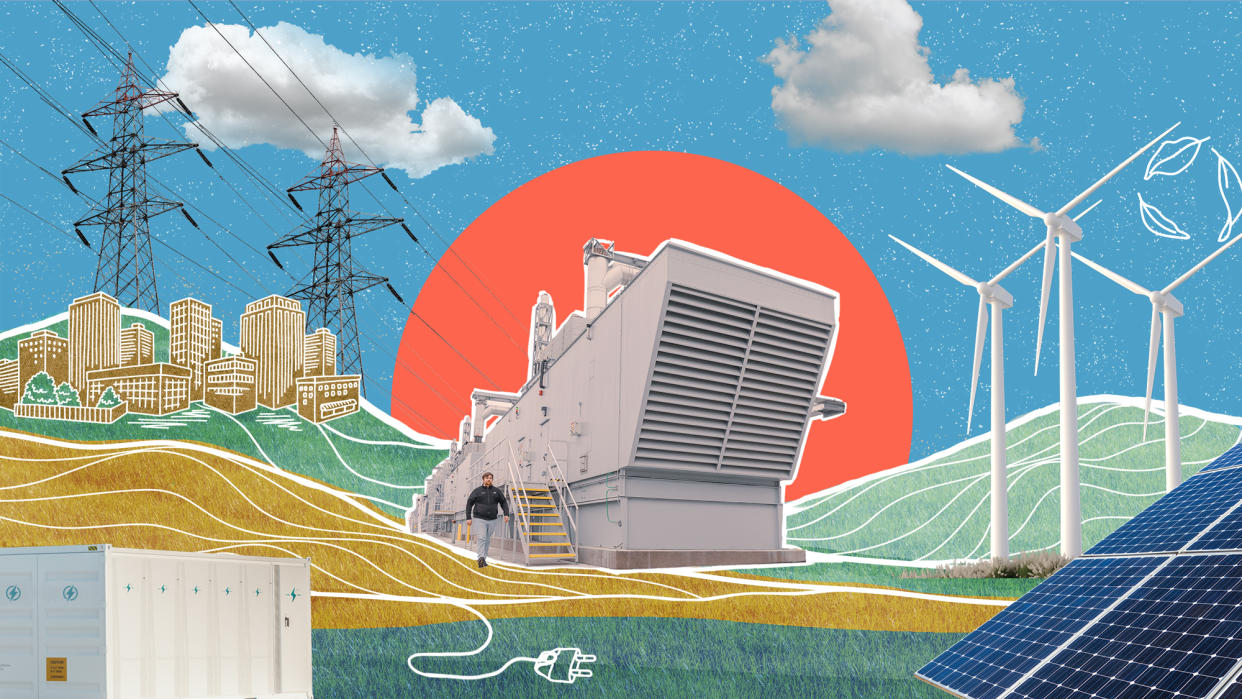Microsoft is preparing to take the nuclear option with AI

Microsoft’s recent Surface event highlighted the company’s focus on bringing artificial intelligence into the lives of Windows users through the widespread adoption of Copilot — a new AI-powered virtual assistant tasked with becoming a companion for Windows users worldwide.
With a potential Windows user base of 1.5 billion users, Copilot has its work cut out for it — but more importantly, so does Microsoft’s data centers.
The real cost of Copilot and cloud computing
Back in April 2023, a study attempting to uncover the secret water footprint of AI models was published by the University of Colorado Riverside and the University of Texas Arlington. The study revealed that an average conversation with ChatGPT (20 to 50 questions) could see the bot “consume” up to a 500ml bottle of fresh water on average to power an cool the data center servers it relies on to operate.
The study estimates that in training OpenAI’s GPT-3 model, Microsoft’s US data centers may have consumed 700,000 liters of clean fresh water alone — or triple that if Microsoft’s Asian data centers were used instead.
And that’s just water usage, according to the University of Washington’s Sajjad Moazeni, training a chatbot like ChatGPT, Bing Chat, or Google Bard can “consume as much electricity as a neighborhood consumes in a year.” The Shift Project, a French think-tank, even estimates that the training of Large Language Models (LLMs) can result in between 300 and 1,400 metric tons of CO2 being produced per model.
Factor in the rest of Microsoft’s cloud-computing enterprise, the sizable power draw of the Bing search engine, and Microsoft’s reported plans to focus on cloud gaming more prominently by 2028, and you have a hell of an electricity bill for the Redmond brand to foot. And an uphill battle for a company committed to shifting its data centers, buildings, and campuses to 100% green energy by as early as 2025.
However, Microsoft may have found the solution to keeping up with demand via Small Modular Reactors (SMR) or microreactors — miniature nuclear reactors that harvest clean energy and lighten the load of its enormous data center demand.
AI and nuclear: A good match after all?
We may have been programmed by Hollywood to associate the words “AI” and “nuclear” with “apocalypse” but this form of power could be the solution to a world increasingly adopting artificial intelligence when it comes to offsetting its immense power costs in a greener way.
Microsoft is currently hiring for a Principal Program Manager of Nuclear Technology in order to “mature and implement its global SMR strategy.” In human speak, Microsoft is about to re-enter the atomic age in a bid to produce greener and more environmentally friendly energy for its data centers around the world.
Outlook
The tech landscape is rife with companies willing to sway the general public with half-truths and flat-out lies about their carbon footprint and renewable power independence — all while offsetting massive CO2 emissions through the purchasing of renewable energy credits from other sources. In contrast, Microsoft’s initiative to actually adapt to a greener and cleaner way of running its services is admirable.
Companies like Rolls-Royce have already begun to pitch these SMRs to data centers in a bid to provide high energy output with vastly reduced carbon footprints and it’s looking likely that Microsoft could be one of the first to widely adopt this technology to handle a booming demand for cloud and AI-based services in the near future.
While it might be Microsoft Copilot’s purpose to change the Window’s experience, it’ll be up to Microsoft to ensure the resulting mass adoption of its tech doesn’t result in a negative experience for the wider environment.
For breaking news and updates on all things Microsoft and Copilot, follow Laptop Mag on Twitter, Facebook, and Flipboard for the latest word as it arrives.
